In a city known for its love of cars, one Tesla driver in Los Angeles has had enough. TechByAntrell, a technology commentator, recently took to TikTok to express his frustration with the current state of electric vehicle (EV) ownership, specifically targeting Tesla. His viral video has sparked a heated debate about the practicality and affordability of owning an EV in today’s market.
LA Tesla Owner Warns Others: “Do Not Get a Tesla”
In a TikTok video that has garnered over 700,000 views, TechByAntrell made a bold statement: “Do not get a Tesla.” He claims that the recording was made at a Los Angeles Tesla supercharger station that is woefully underequipped to meet the high demand in the area, with only five or six chargers available, two of which are designated for handicapped use.
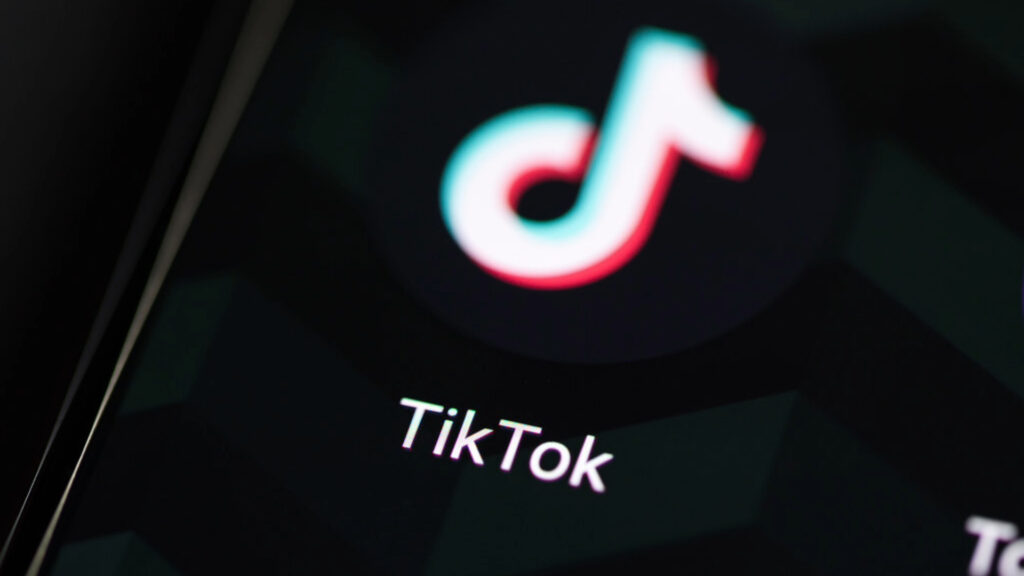
Despite owning a top-end Tesla Model Y Performance, Antrell expressed his frustration, stating, “My car still dies every day. I’m over it.” His video has sparked a conversation about the current state of EVs and the challenges faced by owners, particularly in high-demand areas like Los Angeles.
The Battle for Chargers: Tesla Owners “Fighting for Their Lives”
Antrell’s video highlights the intense competition for charging spots at the LA supercharger station. “There are literally six [or] seven Teslas over there waiting to charge their car,” he said, adding that drivers often have to fight for a spot due to the lack of a proper queuing system.
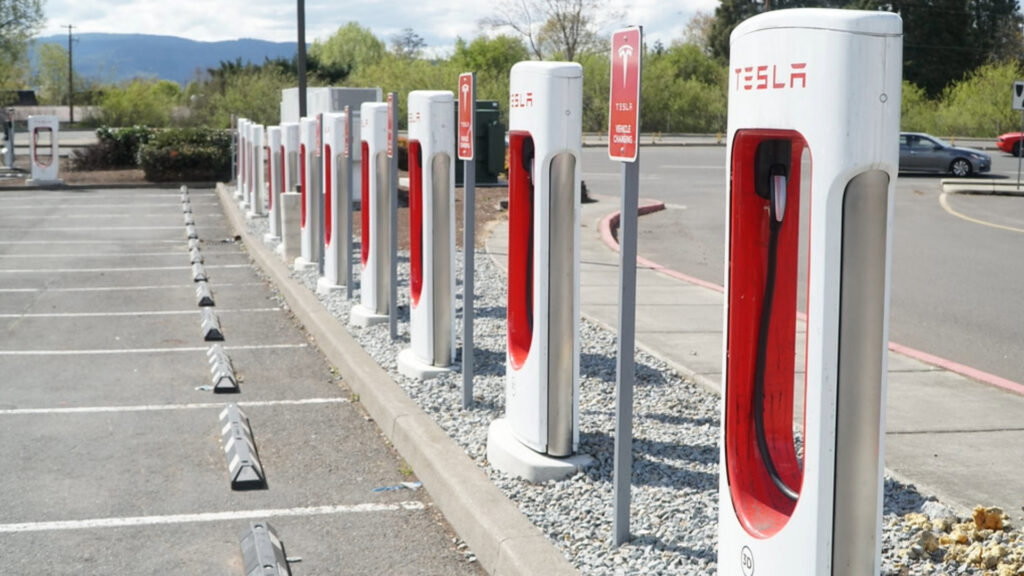
Once a driver secures a spot, they typically occupy the charger for about 45 minutes, or until their battery is full. This long wait time, coupled with the limited number of chargers available, has left many Tesla owners feeling frustrated and overwhelmed.
Home Charging: A Costly Solution to Supercharger Woes
In response to Antrell’s video, some commenters suggested that he simply charge his vehicle at home to avoid the hassle of waiting at public Tesla charging stations. However, setting up a home charging system requires a significant up-front investment.
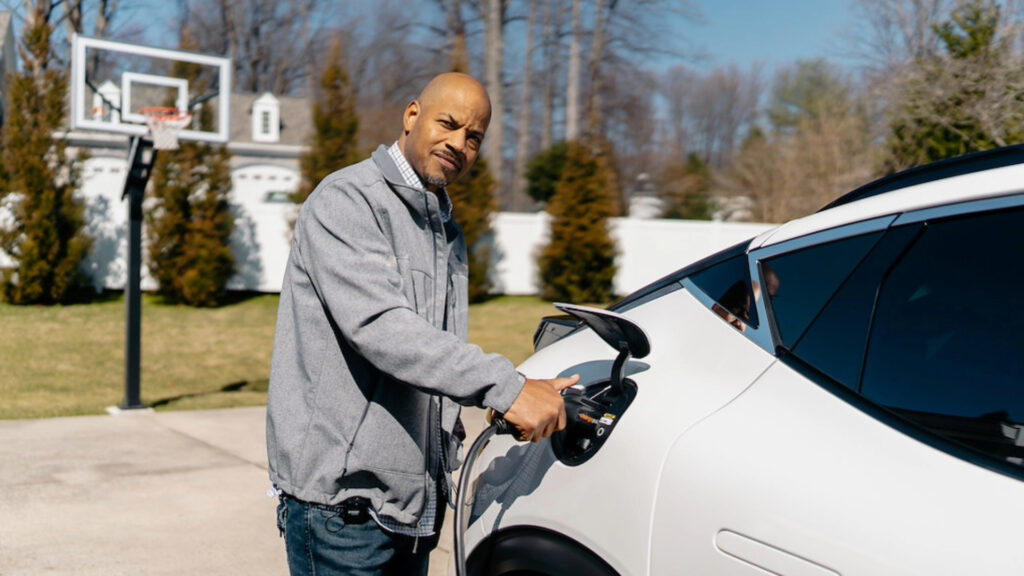
Tesla offers three home charging options: a mobile connector, a wall connector, or a universal wall connector. While charging at home can potentially save money in the long run, the initial cost of installation may be a deterrent for some EV owners.
The Realities of EV Battery Life: Driving Habits and Conditions Matter
Antrell addressed comments about charging time being a part of EV ownership in a follow-up TikTok video. He compared the realities of EV battery life to that of an Apple iPhone, explaining that just as a smartphone’s battery drains faster with heavy use, a Tesla’s range can shrink well below its advertised mileage depending on driving conditions and habits.

“If you’re driving up an incline, for example, or if you’re driving fast on the highway … your battery depletes extremely fast,” Cantrell said. This revelation has left many EV owners feeling misled about the true range capabilities of their vehicles.
The Price of Entry: Are Teslas Really Worth the Investment?
Antrell’s rant has also raised questions about whether EVs, particularly Teslas, offer the best value for money. In another TikTok clip, he addresses why he didn’t opt for a more affordable hybrid or gas-engine sedan, like a Nissan Altima, Toyota Camry, or Honda Accord.

“Teslas are the new Altima,” he claimed, citing Elon Musk’s decision to drop the price of the Model Y. Antrell purchased his Tesla Model Y Performance when it cost around $70,000, but in 2024, the same model can be bought for up to $54,130.
The EV Tax Credit: A Game-Changer for Tesla Buyers?
The $7,500 EV tax credit, available for 2023 and 2024 Tesla Model Y Performance vehicles with an MSRP limit of $80,000, has made the price tag even more favorable for potential buyers. However, Antrell expresses his relief at having leased his Tesla rather than buying it outright.
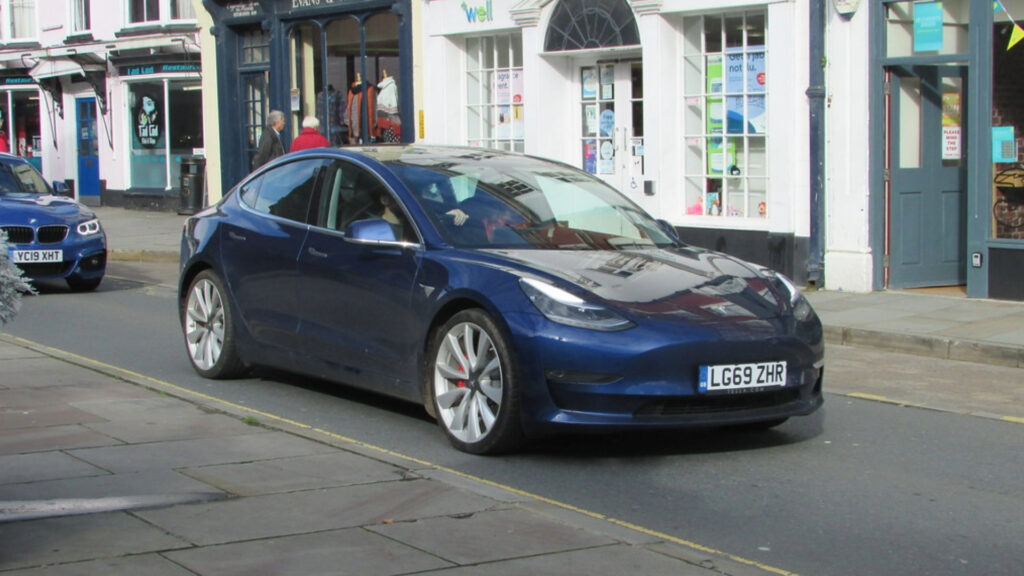
“I thank God every day I chose to do a lease and I did not buy this car because I would be pissed if I had to pay all this money and people were able to go buy the car for half of what I paid for it,” he said, highlighting the importance of timing when purchasing an EV.
The Evolving Landscape of EV Legislation and Investment
The frustration expressed by Antrell and other EV owners comes at a time when legislation around these greener, cleaner vehicles is still evolving in many states. With EV sales falling short of targets in 2023, some manufacturers, including Ford, have decided to slow down their investments in the space.
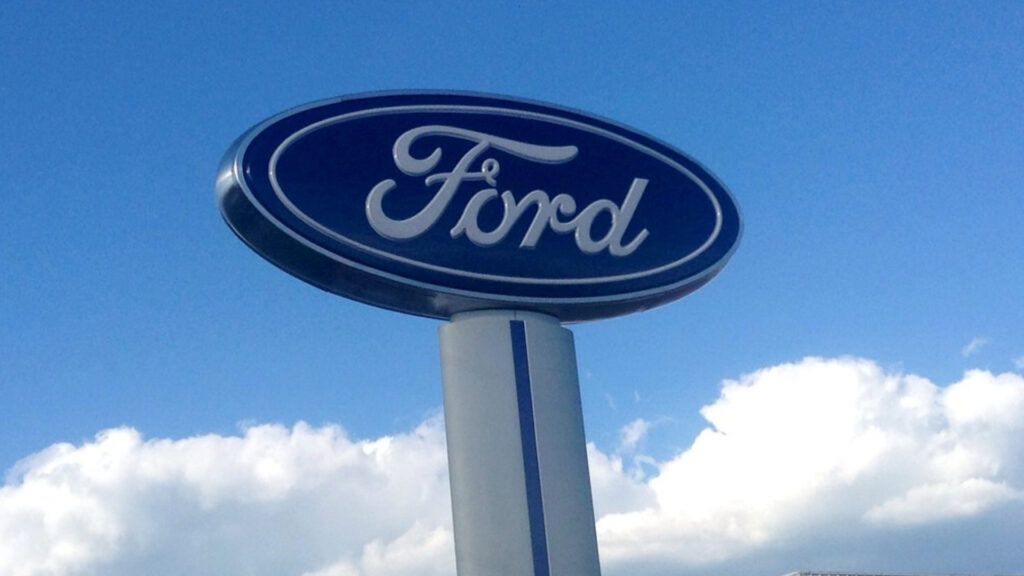
This uncertainty in the market has left many consumers wondering if now is the right time to invest in an EV, or if they should wait for further developments in infrastructure, pricing, and technology.
Range Anxiety: The Achilles’ Heel of Electric Vehicles
One of the most significant concerns for EV owners is range anxiety – the fear of running out of power before reaching their destination or a charging station. This issue is particularly prevalent in areas with limited charging infrastructure, like the LA supercharger station featured in Antrell’s video.

The limited range of EVs compared to traditional gas-powered vehicles has been a major barrier to widespread adoption, and stories like Antrell’s only serve to heighten these concerns among potential buyers.
The Charging Time Conundrum: Balancing Convenience and Sustainability
Another factor contributing to the frustration of EV owners is the time it takes to charge their vehicles. While gas-powered cars can be refueled in a matter of minutes, EVs require significantly longer charging times, often 30 minutes or more for a partial charge.

This inconvenience has led many to question whether the environmental benefits of EVs outweigh the practical drawbacks, especially for those with busy lifestyles or long commutes.
The Public Perception Problem: Overcoming Negative Stereotypes
Antrell’s videos have also highlighted the negative stereotypes surrounding EV owners, particularly those who drive Teslas. The perception of Tesla owners as wealthy, entitled, and inconsiderate has been fueled by stories of drivers hogging charging stations or engaging in aggressive behavior to secure a spot.

These stereotypes, whether justified or not, have the potential to deter potential buyers who may not want to be associated with this negative image.
The Infrastructure Imperative: Investing in a Robust Charging Network
The challenges faced by EV owners like Antrell underscore the need for a more robust and widespread charging infrastructure. Governments and private companies must work together to ensure that there are sufficient charging stations to meet the growing demand for EVs.
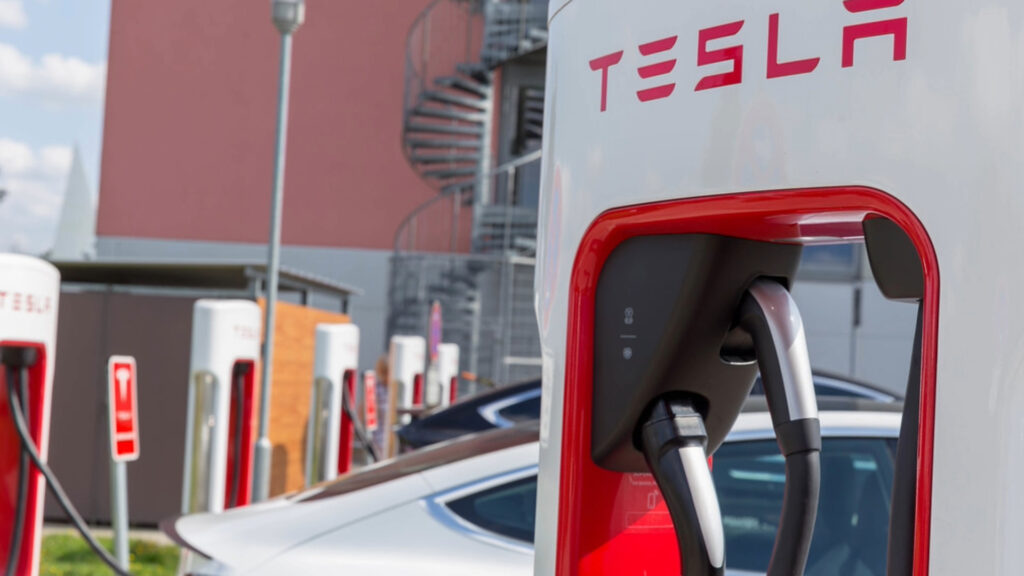
Without adequate infrastructure, the adoption of EVs will likely remain limited, and the frustrations expressed by current owners will only continue to grow.
The Role of Manufacturers: Addressing Consumer Concerns
EV manufacturers, including Tesla, have a responsibility to address the concerns raised by their customers. This includes being transparent about the real-world range and performance of their vehicles, as well as investing in the development of faster charging technologies and more efficient batteries.
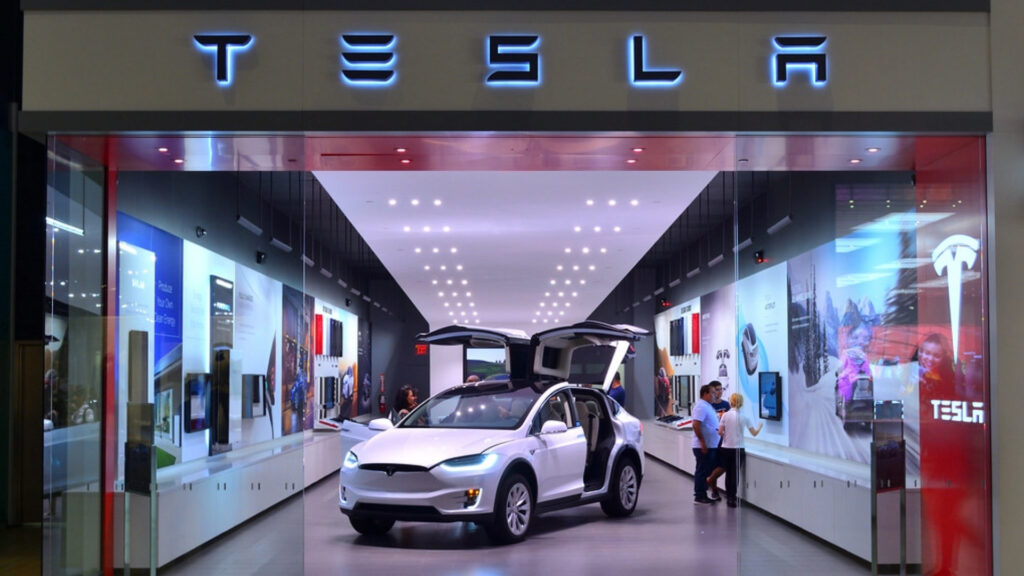
By prioritizing these issues and working to find solutions, manufacturers can help to build trust with consumers and encourage more widespread adoption of EVs.
The Future of EVs: Balancing Innovation and Practicality
Despite the challenges faced by EV owners today, the future of electric vehicles remains promising. As technology continues to advance and infrastructure improves, many of the current pain points, such as range anxiety and lengthy charging times, are likely to be addressed.
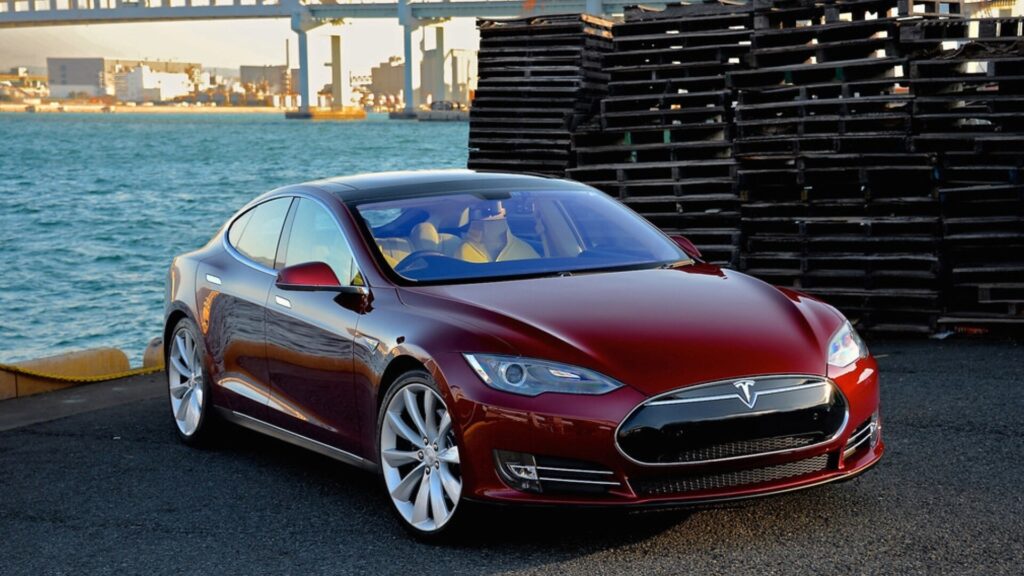
However, the industry must strike a balance between innovation and practicality, ensuring that the needs and concerns of consumers are met every step of the way.






GIPHY App Key not set. Please check settings